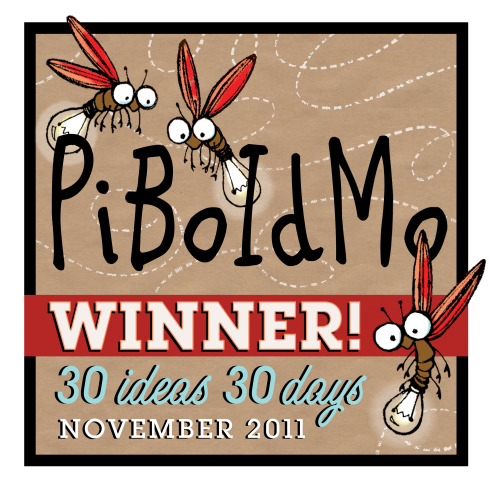She had always loved being in the barn. It was a safe and happy place where she had enjoyed many of the best moments of her childhood, while the little cape house that stood nearby was more marked by hard memories and drudgery. So when nature called her to seek a squatting spot she went to the barn.
Choosing the northwest corner because it was the farthest from the house, she hiked and tucked her heavy linen skirt up and under her armpits so as to save it from soiling. Then lowered herself down onto the hay she had just minutes ago kicked into a fresh fluff in the dark corner of her father's enormous barn. Reaching down around her still small but full belly she deftly slid her long cotton stockings down to her ankles and then extended her legs in front of her where nature told her to put them. Her head was the last part of her body to make contact with the straw, but she couldn't leave it long at rest, and would turn her whole head left to right and back again in rhythm with her pains while the moon rose. Though still young she had seen life of various sorts enter this world many times and knew that the time it took a mother to deliver a babe varied widely, especially with her first attempt. Already she regretted not going to or sending for the village midwife, though that wish was more for companionship than any real assistance. But fear had prevented that, and since her impending arrival had remained undiscovered by anyone, she simply could not bring herself to declare it to be. It had been hard enough to accept it for herself, to the limited degree that she had. She had been able to ignore her blossoming belly and breasts until she saw with her own eyes the movements of a strong little body lying therein. A little body that would not be denied.
Fear was the fuel on which she had been forging forward for so long it didn't really seem like an unusual way of life. Though the problems that developed for her seemed to grow more serious and frightening with each passing year. She saw herself as just an instrument of what was to be, with little ability to influence the outcome of her own life. The negative prospect of her travail, that she or the babe or both would not survive, was no less frightening than the prospect of their hearty survival. Perhaps much less so.
The rapid progression of the pains overtaking her body was of no surprise and in fact, felt fitting, and she did not fight their powerful possession of her. She knew that she was just an instrument. A bodily vessel of providence. Now a vessel for a babe. A sudden need to grunt from deep inside escaped her throat unbidden and surprised the silence she had committed herself to. Instinctively, she slid herself up the wall a bit, and drew her booted feet close to her body. With her right hand she grabbed a piece of her dirty skirt hem and placed it in her mouth, closing her teeth around it. Then she slid her hand down to her womanhood and felt the crowning of a child. She registered no surprise when her hand felt the warm, wet but wiry little pate. Rising up on her hands she bore down with a silent strength that she didn't know she possessed, and that made her feel as if she were indeed possessed. Pushing with all her might, … praying with a last bit of residual energy, … squeezing and pressing with all of the muscles that held her young bones together.
At the moment that it felt as if death had arrived to rip her in half, she wanted to scream. Instead she rolled her head back against the old oak timbers, and looked up for salvation. She saw only an exquisite spider's web stretched out in the corner, canopying her in the semidarkness, the mother spider still but watching in her new midwifery role. Beady little bug eyes met big green girl eyes as Prudence bit down, bore down, and with the last of what she had, spilled forth the babe. Mother and child lay where they were for several minutes, breathing in chilly silence. When she re-gathered her vigor, rose up on her hands again and could look down between her legs Prudence saw a wee baby girl who wriggled and grimaced as if protesting the prickly underlayment that served as her cradle and the cold Maine morning air that served as her blanket. An almost invisible steam rose off her oddly colored purplish-brown body which shimmered in the bleak rays of early morning light that penetrated the cracks between the barn boards.
After the briefest respite she delivered the afterlife and Prudence pushed herself back up against the wall and surveyed the situation before her. Kicking the bloodied hay away, she reached to her right for the bundle she had brought with her. Slowly she unrolled the small blanket that she had tied shut yesterday with a string. She used the string to tie a strong knot in the life cord, and then she used the blanket to pick up the infant whom she wiped and warmed and then swaddled with the cloth. She unbuttoned her blouse to her waist and tucked the swaddling into and against her chest as she lay back down upon the hay backrest. Pulling her heavy cloak over both of their bodies she lay down to rest and await what was to be. Milking time was not far off.
copyright protected: Tammi J Truax









